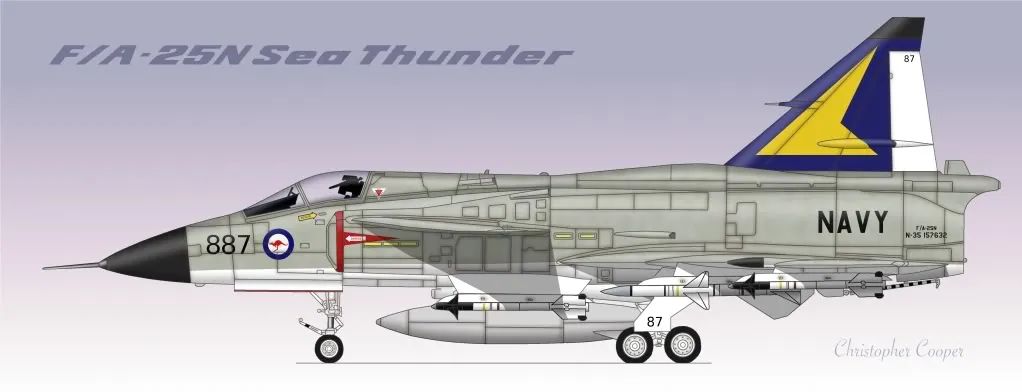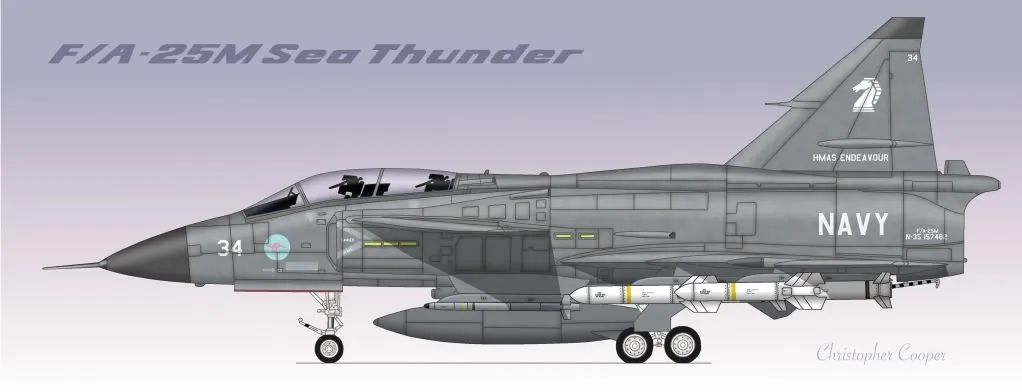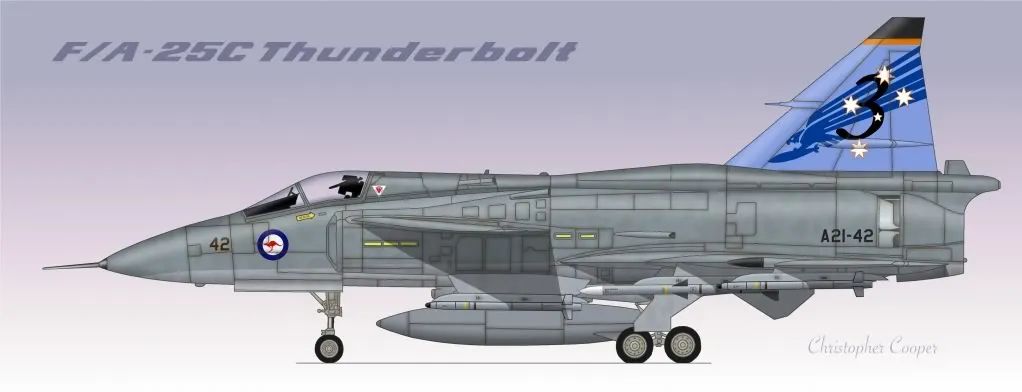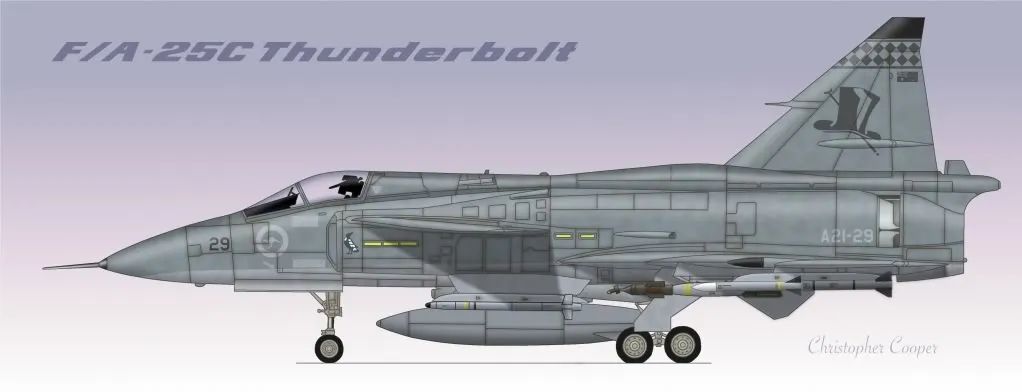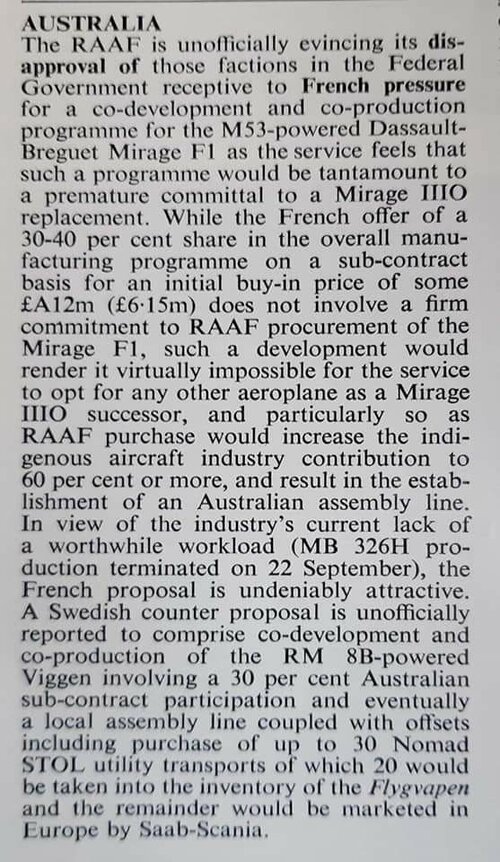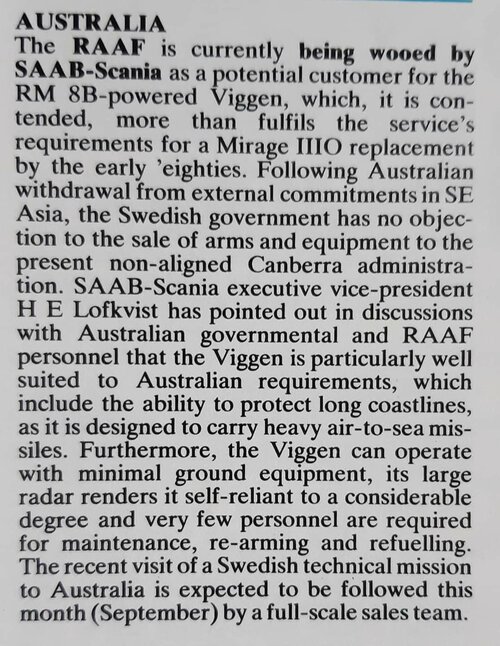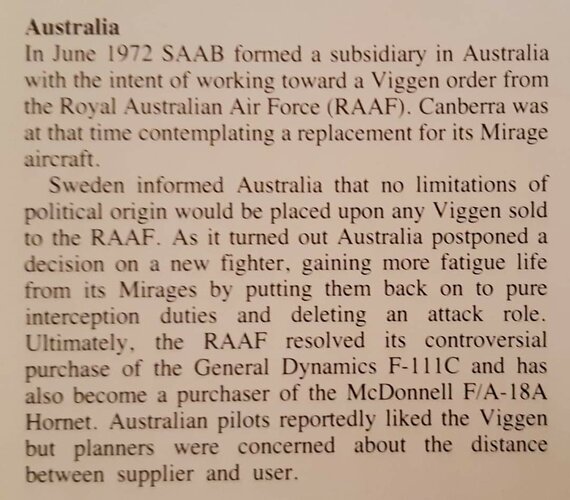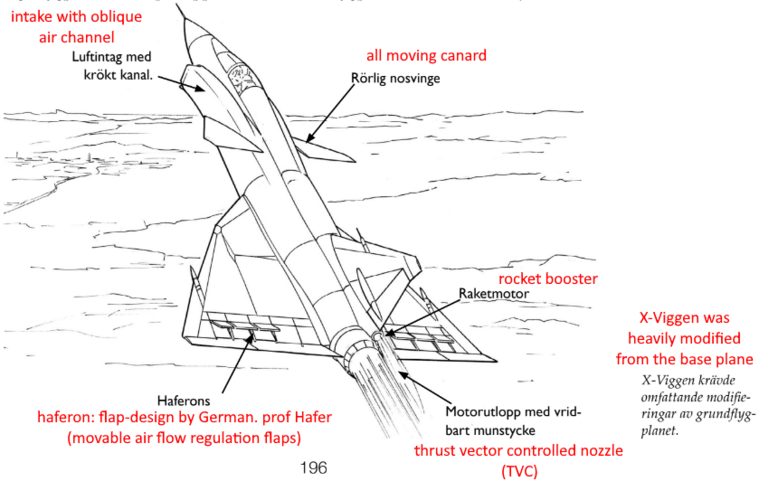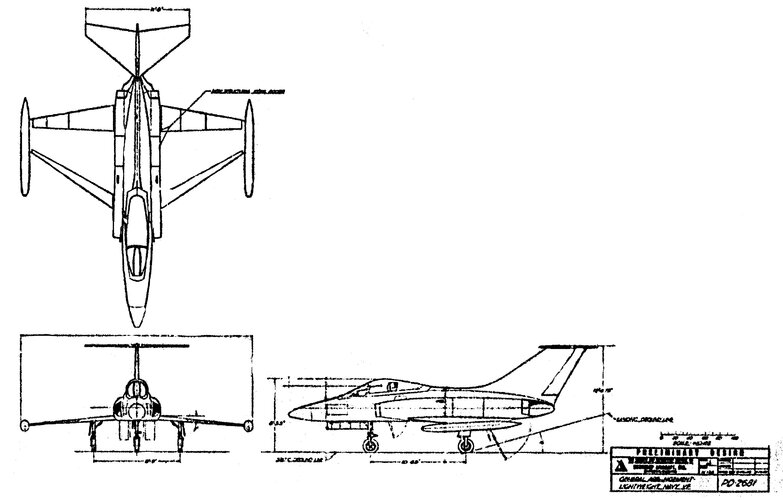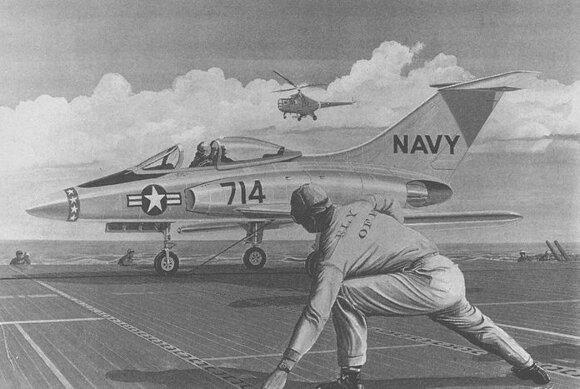blockhaj
Swedish "want to be" aviation specialist
- Joined
- 9 February 2017
- Messages
- 345
- Reaction score
- 381
In early 1970, the Aussies sent a request to Saab that they wanted to procure the in-development fighter variant of the Saab 37 Viggen (JA 37) as a replacement for their aging Mirage III. Saab got green light for export and sent classified preliminary documentation in December 1970. Swedish standards were seen as unfavourable, despite noting good track record. Requirement specs came at the end of 1971, aiming for a 1976 delivery.
In March 1972 specs were done for the planned Saab 37AU, which was supplemented with a proposal for collaborate license production to revive the dying Australian aviation industry. During the same period the design competed against the Mirage F1 and the Northrop Cobra. On May 11 1973, a formal offer for 27, 67 or 127 aircraft was made and the Australian aviation industry was invited to become part of the projects development, including future plans, as well as green lighting license production of the engine, spare parts and electronics. It was given the preliminary serial designation A21.

Saab 37AU mockup. Of note: what appears to be AIM-54 Phoenix missiles on the intake pylons, the aerial refueling probe on the nose, the A21-002 serial designation on the tail, the redesigned nose which appears smaller than the nose of Swedish Viggens.
The Saab 37AU was relatively different from the Swedish JA 37 base in several aspects, such as requirements for increased speed, increased lifespan and different armament etc. Saab, in collaboration with Grumman, spent lots of money into the development of oblique intakes to handle Mach 2+ flight. The project came to a stop however with the 1975 Australian constitutional crisis, with only a full scale mockup of the intakes being done.
In 1976, procurement restarted. The new government found the Saab 37AU too expencive and inquired the costs of 72 AJ 37 or JA 37 aircraft. At this phase, however, the inquiry was also sent out to all other possible aircraft suppliers. Saab 37 was examined by Australian politician and diplomat Lance Barnard, the Australian ambassador to Sweden at the time (possibly after his term). American aircraft was however favorised, and in 1981 Australia ordered 75 F/A-18 Hornet strike fighters, with deliveries in 1985, ten years later than originally planned for the Saab 37AU. The A21 serial designation went over to the F/A-18 instead.
According to one source (an overall good one but not perfect), the Aussies interest in Viggen started with the Australian defence minister, who was a former ambassador to Sweden. During his time in Sweden he had observed the Swedish aviation industry and cracked a plan to use it to rebuild the dying Australian aviation industry. No name appears and no defence minister was a Swedish ambassador before that post. Neither can i find anyone who fits into this story in the slightest, except possibly Lance Barnard, who was an ambassador post 1976 which actually inspected the Viggen (although what appears to be post 1979, at which point the project was effectively dead).
In March 1972 specs were done for the planned Saab 37AU, which was supplemented with a proposal for collaborate license production to revive the dying Australian aviation industry. During the same period the design competed against the Mirage F1 and the Northrop Cobra. On May 11 1973, a formal offer for 27, 67 or 127 aircraft was made and the Australian aviation industry was invited to become part of the projects development, including future plans, as well as green lighting license production of the engine, spare parts and electronics. It was given the preliminary serial designation A21.
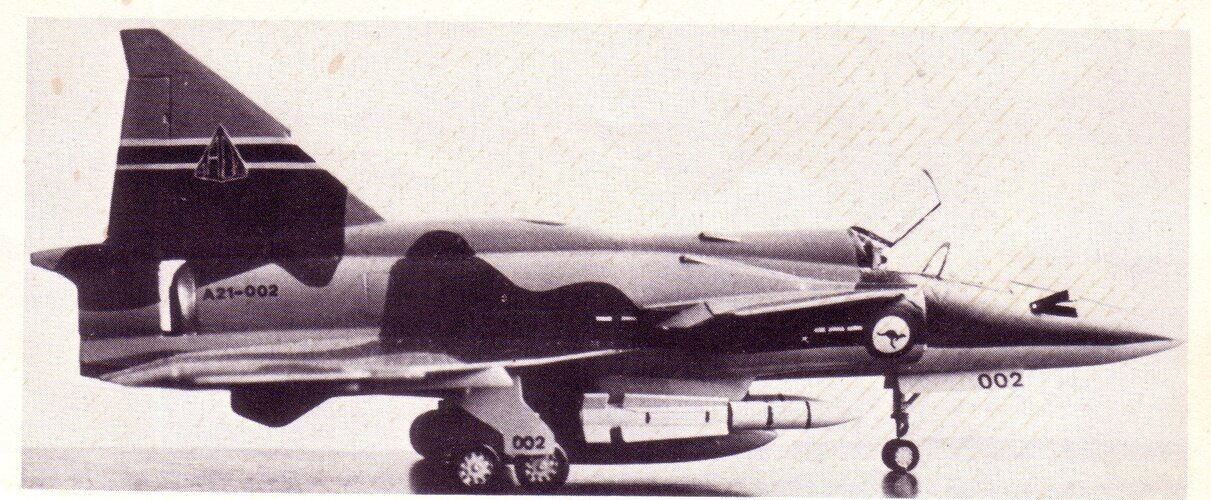
Saab 37AU mockup. Of note: what appears to be AIM-54 Phoenix missiles on the intake pylons, the aerial refueling probe on the nose, the A21-002 serial designation on the tail, the redesigned nose which appears smaller than the nose of Swedish Viggens.
The Saab 37AU was relatively different from the Swedish JA 37 base in several aspects, such as requirements for increased speed, increased lifespan and different armament etc. Saab, in collaboration with Grumman, spent lots of money into the development of oblique intakes to handle Mach 2+ flight. The project came to a stop however with the 1975 Australian constitutional crisis, with only a full scale mockup of the intakes being done.
In 1976, procurement restarted. The new government found the Saab 37AU too expencive and inquired the costs of 72 AJ 37 or JA 37 aircraft. At this phase, however, the inquiry was also sent out to all other possible aircraft suppliers. Saab 37 was examined by Australian politician and diplomat Lance Barnard, the Australian ambassador to Sweden at the time (possibly after his term). American aircraft was however favorised, and in 1981 Australia ordered 75 F/A-18 Hornet strike fighters, with deliveries in 1985, ten years later than originally planned for the Saab 37AU. The A21 serial designation went over to the F/A-18 instead.
According to one source (an overall good one but not perfect), the Aussies interest in Viggen started with the Australian defence minister, who was a former ambassador to Sweden. During his time in Sweden he had observed the Swedish aviation industry and cracked a plan to use it to rebuild the dying Australian aviation industry. No name appears and no defence minister was a Swedish ambassador before that post. Neither can i find anyone who fits into this story in the slightest, except possibly Lance Barnard, who was an ambassador post 1976 which actually inspected the Viggen (although what appears to be post 1979, at which point the project was effectively dead).
Last edited:

